How to Do Division Using Partial Quotients
The method of Partial Quotients is a way to find the answer to a division problem by repeatedly subtracting the same number from the dividend.

A Step-by-step Guide to Doing Division Using Partial Quotients
Certainly, here’s a step-by-step guide to using the Partial Quotients method in the division for grade 4. Let’s use an example: 657 divided by 3.
Step 1: Write the problem out
Start by writing the problem like you would in long division. The number being divided (657) is inside the division bracket, and the number you are dividing by (3) is outside.
3 | 657
The Absolute Best Book for 4th Grade Students
Step 2: Make an initial estimate
Estimate a multiple of 3 that can go into 657. It’s okay if it’s not exact. Since we are working with a 4th grader, let’s start with an easy multiple – 100 (because \(100\times = 300\), and 300 is less than 657).
Step 3: Subtract and write the partial quotient
Multiply your estimate by the divisor (3), subtract that from 657, and write the result below. Also, write the estimate above the division bracket. This estimate is your partial quotient.
100
_______
3 | 657
- 300
-----
357
Step 4: Repeat the process
Now, repeat the process with the new number (357). Let’s estimate 100 again. Subtract \(300 (100\times3) from 357.
100 100
_______
3 | 657
- 300
-----
357
- 300
-----
57
A Perfect Book for Grade 4 Math Word Problems!
Step 5: Continue until the remainder is less than the divisor
Now, we have 57 left. We can’t subtract 300 anymore, so let’s choose a smaller estimate. Let’s choose 10 (because \(10\times3 = 30\), and 30 is less than 57). Subtract 30 from 57.
100 100 10
_______
3 | 657
- 300
-----
357
- 300
-----
57
- 30
-----
27
We can estimate 10 again and subtract 30 from 27.
100 100 10 10
_______
3 | 657
- 300
-----
357
- 300
-----
57
- 30
-----
27
- 30
-----
-3
Oops! We’ve gone too far. We can’t subtract 30 from 27. So, let’s remove the last estimate of 10. That leaves us with 27.
100 100 10
_______
3 | 657
- 300
-----
357
- 300
-----
57
- 30
-----
27
We can still subtract a multiple of 3 from 27. Let’s choose 9 (because \(9\times3 = 27\), and 27 is less than 27). Subtract 27 from 27.
100 100 10 9
_______
3 | 657
- 300
-----
357
- 300
-----
57
- 30
-----
27
- 27
-----
0
Step 6: Add the partial quotients
Now add up all the partial quotients (100, 100, 10, 9) and write that number
The Best Math Books for Elementary Students
Related to This Article
More math articles
- FREE 3rd Grade ACT Aspire Math Practice Test
- 4th Grade OST Math Practice Test Questions
- Word Problems Involving Writing a Ratio
- How Is the HiSET Test Scored?
- Top 10 ASVAB Math Practice Questions
- The Ultimate PARCC Algebra 1 Course (+FREE Worksheets)
- 7th Grade NYSE Math Practice Test Questions
- Tangible Learning: How to Represent Addition of Fractions with Unlike Denominators Using Everyday Objects
- How to Rationalize Radical Expressions? (+FREE Worksheet!)
- How to Prepare for the TABE Math Test?
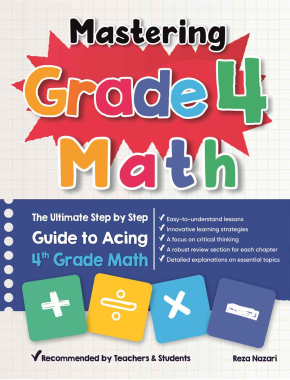



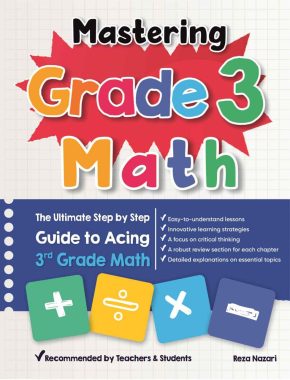

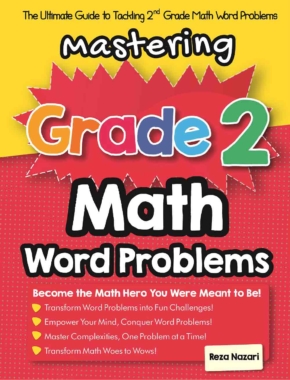
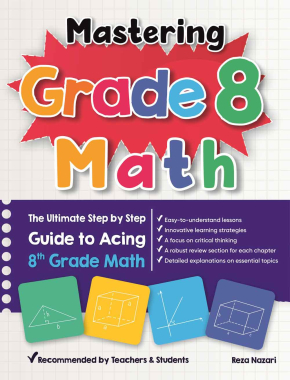
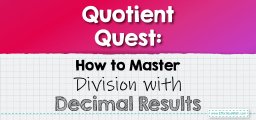
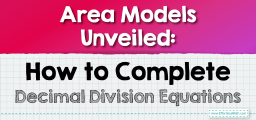
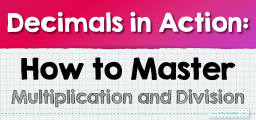
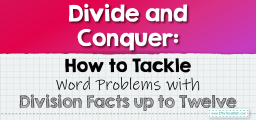






What people say about "How to Do Division Using Partial Quotients - Effortless Math: We Help Students Learn to LOVE Mathematics"?
No one replied yet.